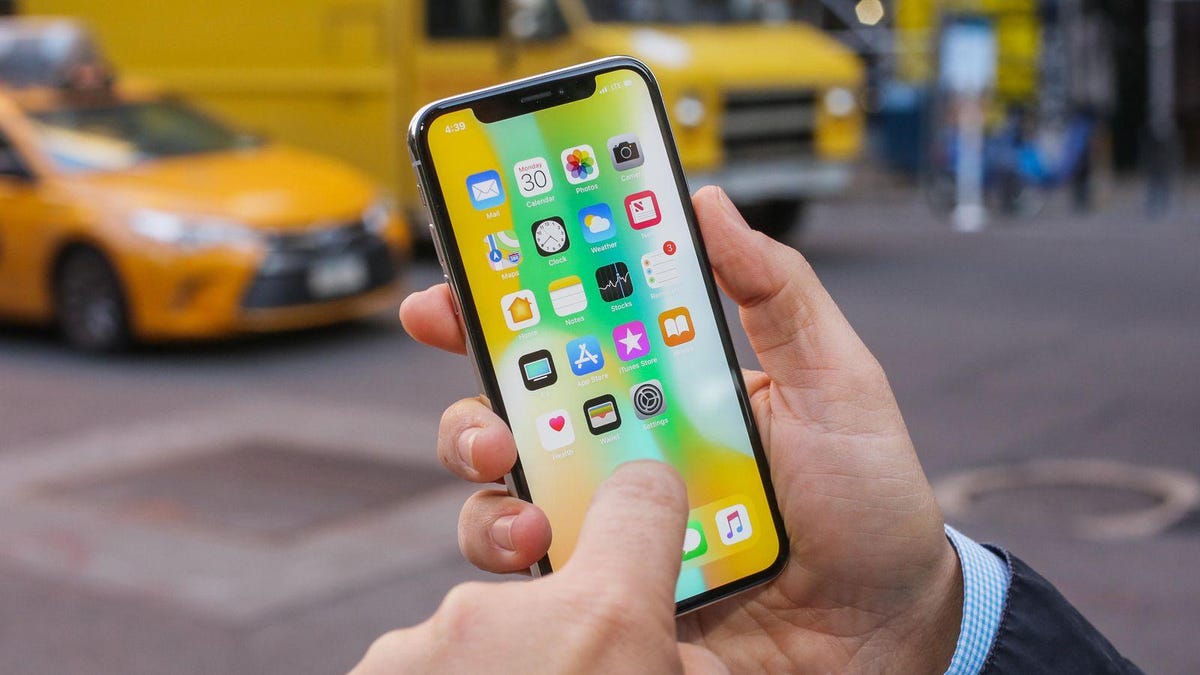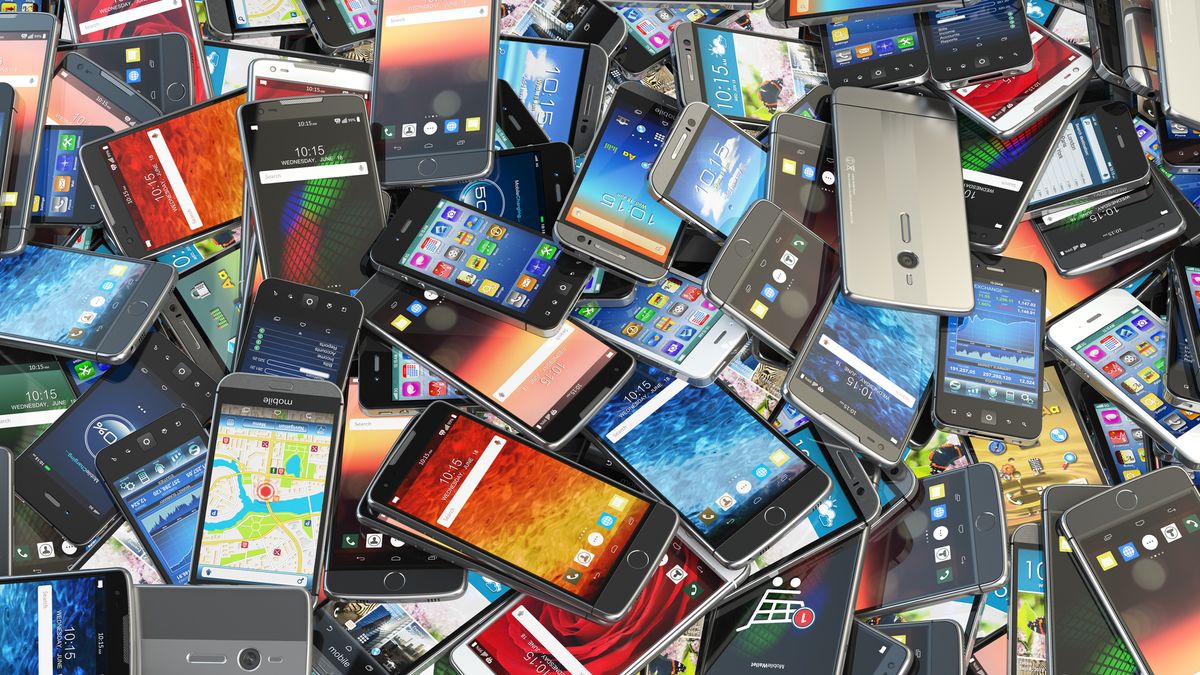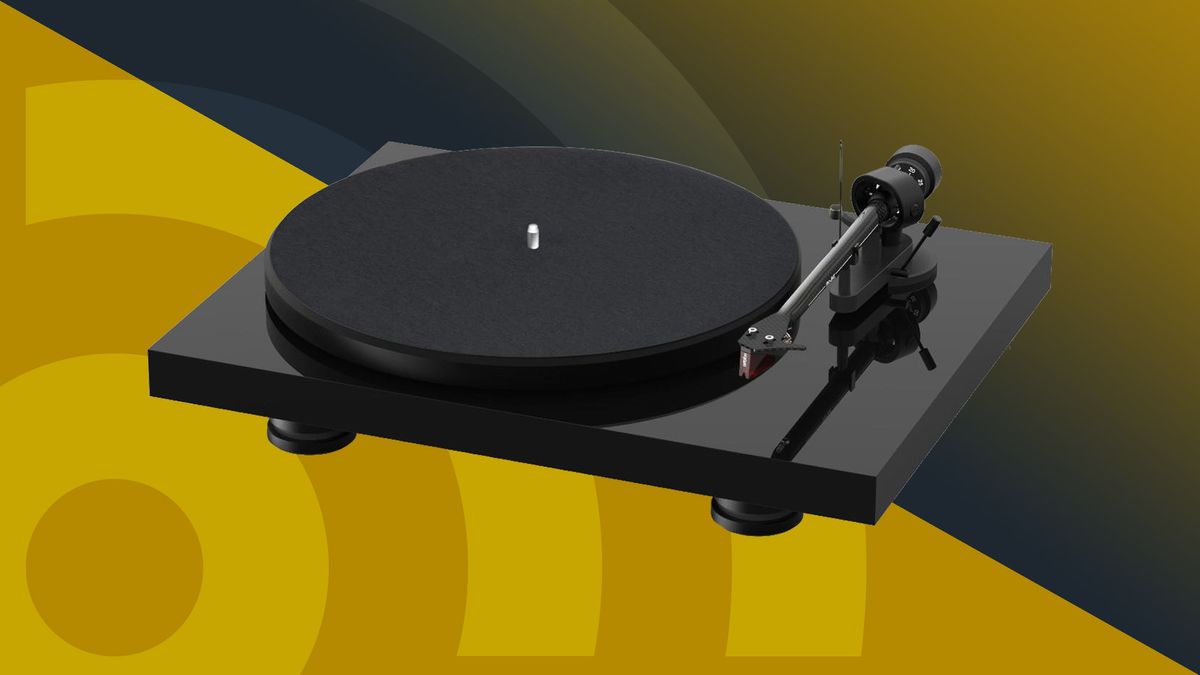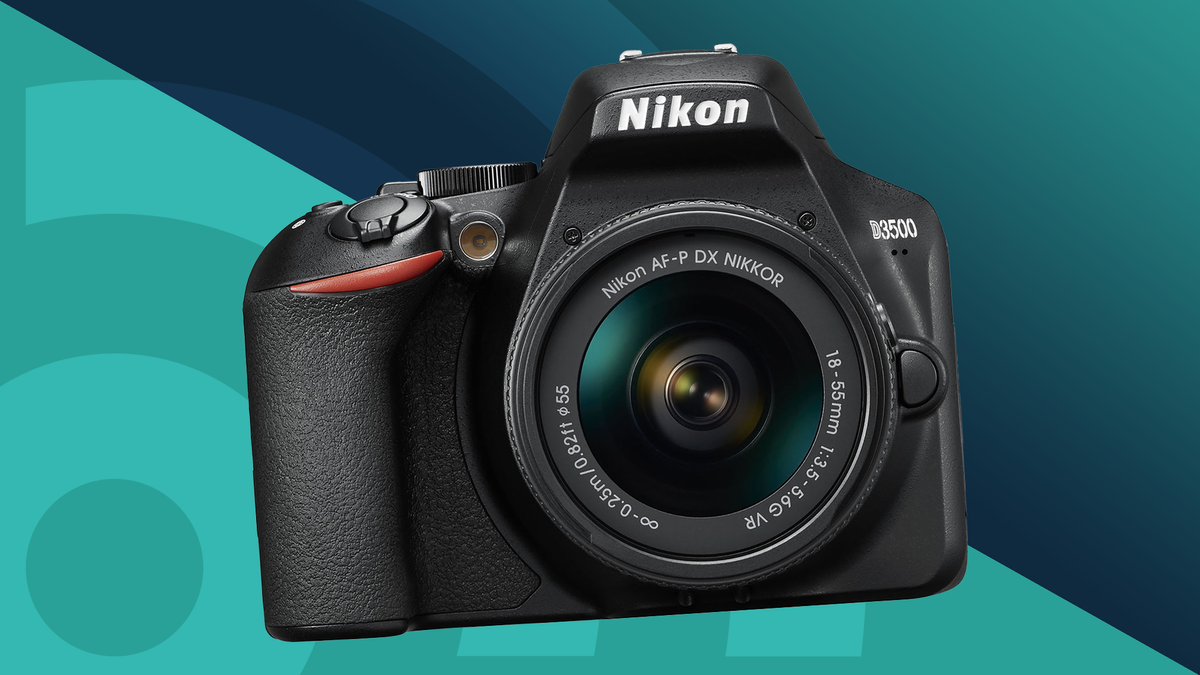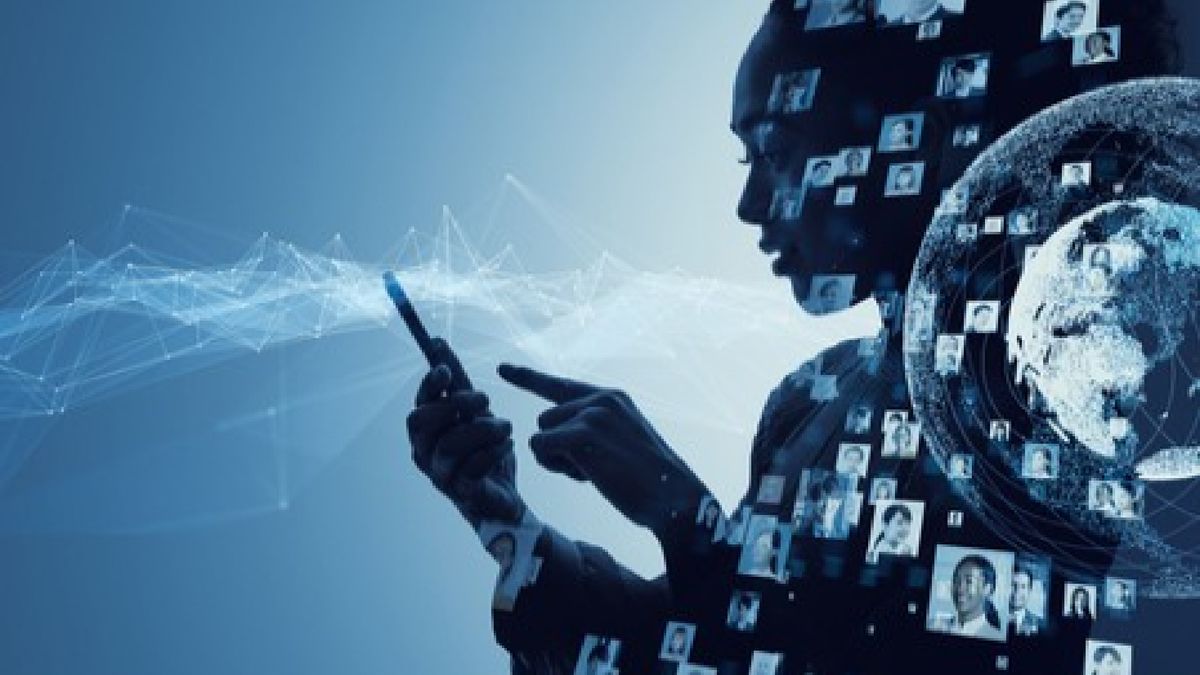Korea needs to develop weather radar technology to cope with climate change

By by Chang Dong-eon
Did you know that Korea is the first country to successfully test a self-driving car on a public road? A self-driving car is a type of vehicle that can drive itself without driver intervention. Korea was the first in the world to achieve this milestone in 1993 when a self-driving car traveled 17 kilometers on a public road in Seoul without human intervention.
Self-driving cars navigate without driver input, using sensor technologies such as radar, ultrasound and lidar to understand their environment. Among these sensor technologies, radar is a device that can accurately measure the distance and speed of objects by emitting electromagnetic waves into the atmosphere and analyzing the reflected waves.

Korea Meteorological Administration Administrator Chang Dong-eon
Radar was first developed for military purposes during World War II to detect and track enemy aircraft and ships. As clouds were captured by radar, weather radar to detect clouds was created.
Weather radar works by emitting electromagnetic waves into the atmosphere and capturing the signals of precipitation that return after hitting rain, snow or hail. This technology provides information as images that display the speed, direction and intensity of precipitation.
A weather radar consists of three main components: a transmitter that emits electromagnetic waves into the atmosphere, a receiver that detects signals returning from a target and a signal processor that converts the received signals into weather data, such as information about rain or snow. Among these components, the signal processor is crucial to the system, equivalent to the human brain.
In humans, information from light reflected from objects is transmitted to the brain through the optic nerve, and after going through complex processing, the brain processes these signals.
Similarly, information reflected by precipitation particles in the atmosphere go through the radar’s signal processor to provide information such as rainfall intensity, wind and precipitation type.
Currently, all weather radars in Korea are imported, making the country highly dependent on foreign technology and highlighting a lack of Korean technological expertise. This dependency poses significant limitations for long-term, stable operation.
In particular, the signal processing technology in weather radar ― similar to the complex processing that occurs in the brain — plays an important role in the reliability of weather information. Therefore, it is a core technology for upgrading, replacing, or integrating and standardizing radar data from different models.
However, countries that develop signal processors, such as the U.S. and the U.K., do not disclose the details of their signal processing technology, making it impossible to fundamentally improve the quality of weather radar data in Korea.
Accordingly, the Korea Meteorological Administration has been promoting a research and development project on weather radar signal processing technology since 2021, focusing on the development of a signal processor capable of handling large-capacity weather radar signals in real time at high speed.
To commercialize the signal processor, sequential and sophisticated verification steps are necessary, such as optimizing the signal processing program, producing prototypes and conducting test operations. If we secure our own technology through performance comparison experiments and optimization processes with commercial products in the future, it is expected that we will be able to significantly reduce our reliance on overseas manufacturers of weather radar technology.
If we develop core weather radar technologies locally and improve the data quality and performance, we can narrow the gap with other advanced countries and foster specialized personnel necessary for the development of next-generation weather radar technology.
In addition, if a signal processor with domestic technology is commercialized, it will contribute to further developing the domestic weather industry by serving as a core basic technology for upgrading and introducing new weather radars, as well as for export opportunities.
Over the past few years, we have been working to localize the core components of weather radar and develop domestic technology, but further research and investment are needed to establish our own technological capabilities.
The Korea Meteorological Administration will continue its efforts to secure core source technologies for weather radar by expanding research and development in signal processing technology and focusing on cultivating professionals.
By stably operating weather radar equipped with Korean technology, we will be committed to leading in safeguarding public safety through prompt and accurate monitoring hazardous weather.
Chang Dong-eon is the administrator of the Korea Meteorological Administration.
link

